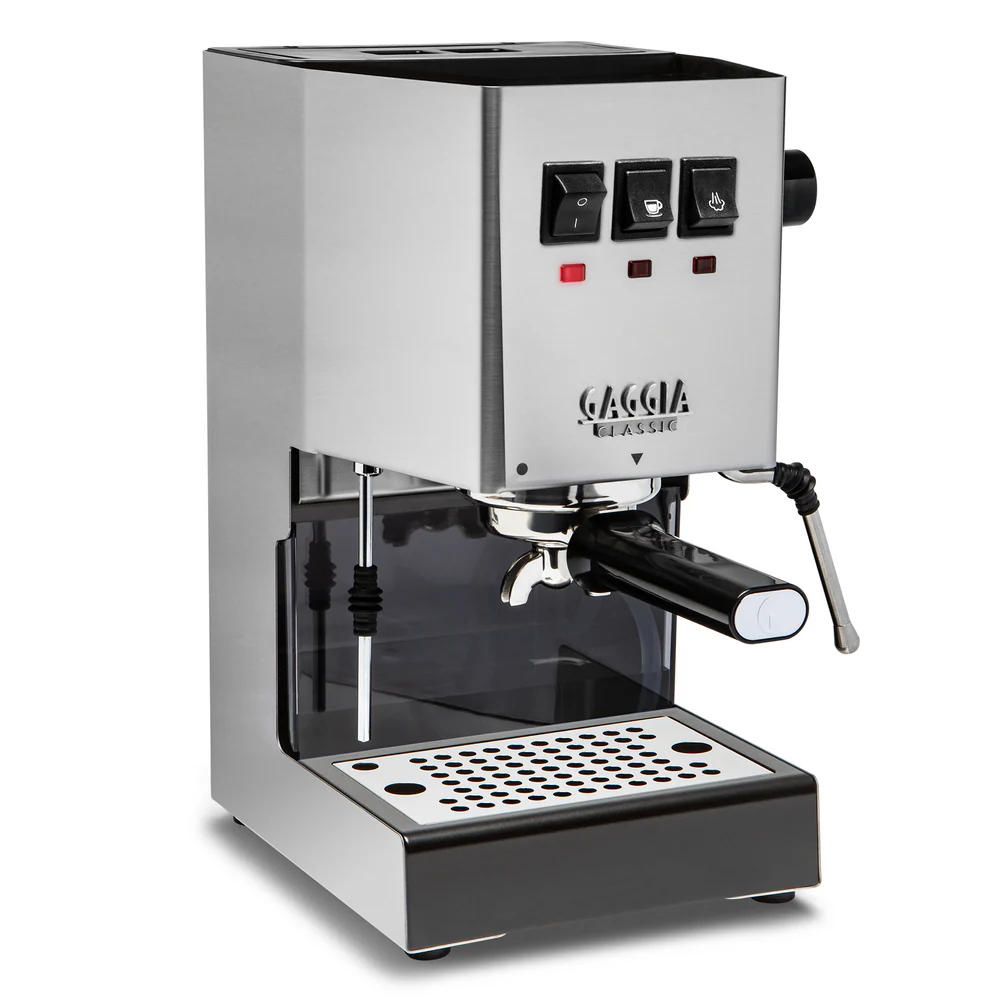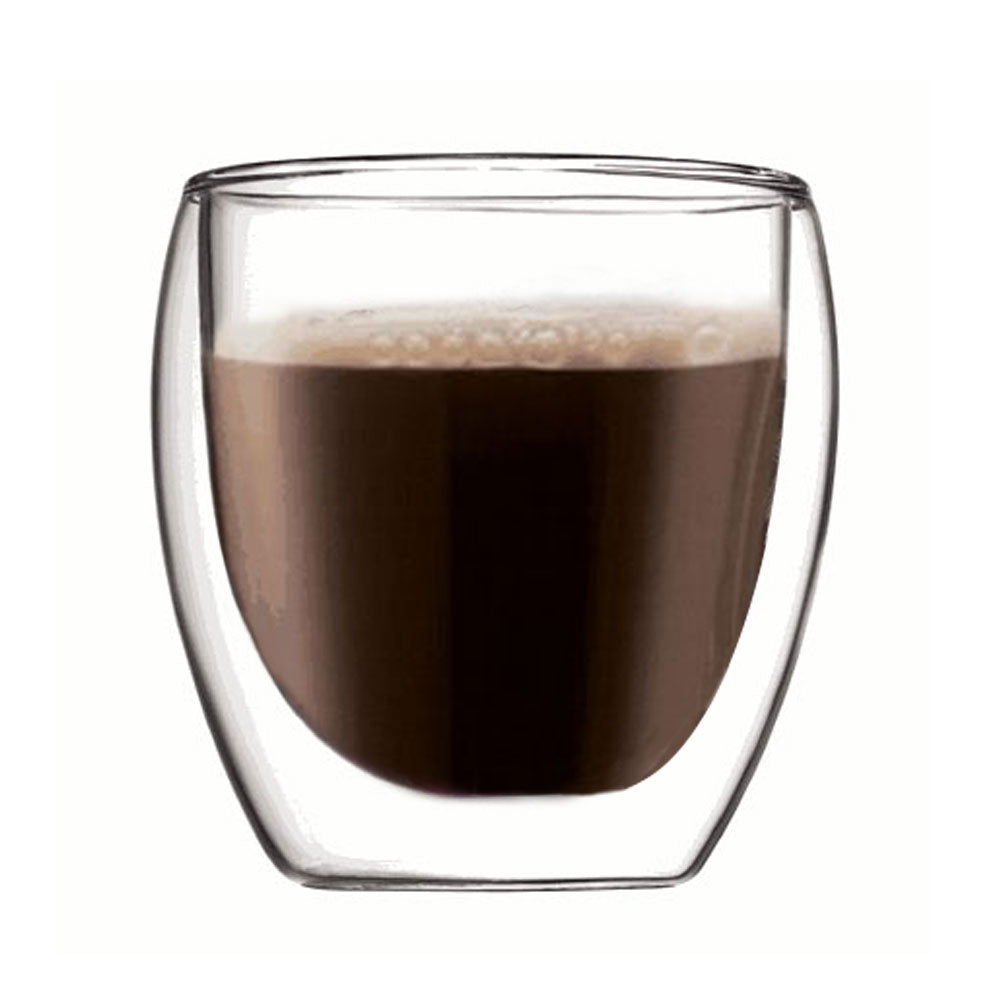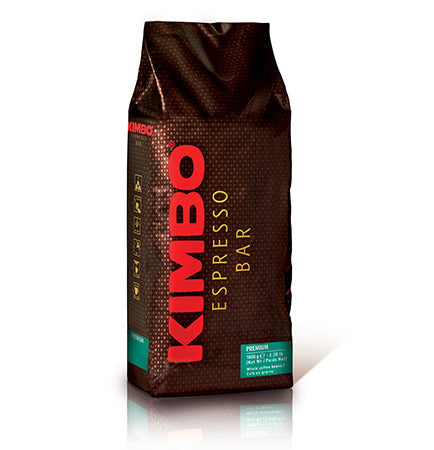Updated for 2022
All around the world, there are so many different ways to make a cup of coffee. If you’re used to a traditional American-style coffee, and you order a coffee in another country, you’ll most likely get an espresso. This may lead to some confusion around the true differences between coffee and espresso: if they use different beans, the origins of each beverage, and other common misconceptions that we hear quite frequently. So today, we're going deeper into the true history of espresso, what it actually is, how it’s different from a regular cup of coffee, and we’ll debunk some myths and misconceptions that you may have.
We covered the origins of coffee not too long ago, and if you haven’t read it, click the link below. But for a quick overview, the beginnings of coffee as a beverage all started with energetic goats who consumed the coffee cherries in Ethiopia. From there, the cherries were exported and even stolen, creating a mass production and a high demand for the stimulus drink.

Ethiopian Coffee: Where Coffee Began
The History of Espresso
Espresso jumped onto the scene about 120 years ago as a way to brew coffee faster using steam instead of water. It turns out, even back then, people, especially workers, wanted their caffeine fix faster — so not much has changed! Now pulling a shot was a lot faster, but using high-temperature steam made espresso that really didn’t taste all that great. As the machines evolved that steam was replaced with water under pressure and brewing at a lower temperature of 195 to 205 degrees.
What is Espresso and How It’s Made
So that brings us to today — espresso is made using very finely ground coffee as shown below. As you can see, a typical espresso grind is a bit finer than table sugar while the coarser grinds are more suitable for drip-style coffee.
To make espresso, the finely ground coffee is placed in a filter basket held by a portafilter and compressed in a process called tamping. A typical dose of coffee for an espresso ranges from 7 grams for a single, which makes about an ounce, up to 18 grams or more for a double, which makes about 2 ounces.

An espresso machine heats brew water between 195 to 205 degrees, which is then forced through the coffee under a pressure of 8 to 9 bar. 1 bar is the atmospheric pressure at sea level and equals about 14.5 pounds per square inch so espresso brewing happens at about 125 pounds per square inch of pressure. Espresso machines range from high-end prosumers to more affordable single-boiler machines for beginners getting into home espresso brewing.
Finding out which machine best suits your lifestyle is crucial to getting comfortable with the brewing process and crafting a beverage that you’ll really enjoy. If you don’t know where to start, check out our Complete Guide to Espresso Machines. Or, if you want a quick rundown on our top picks for espresso lovers on a budget, here’s our Top 5 Espresso Machines Under $1,000.
After the water introduces the right amount of pressure, the finely ground coffee restricts the water flow causing the pressure to build up. This is the reason why very small changes to grind size make a big difference when making espresso. If you want to know exactly how to dial in the right grind size for your specific brew method, check out our blog below. From there you can steam milk if you want to make a cappuccino, latte, flat white or any other milk beverage.

How To: Basic Espresso Technique - Dialing in Grind Size
It's not uncommon for the casual coffee drinker to be unaware that espresso is the base component of these popular drinks. A cappuccino, for instance, is a drink with three equal parts of espresso, steamed milk, and milk foam. Getting your hands on a premium entry level espresso machine like the Gaggia Classic Pro will equip you with the tools you need to start reproducing your favorite drinks from the cafe at home.

$449.00
Investing in a quality grinder for your brewing needs is a crucial step in making good espresso, and if we’re being honest, the best espresso is made from coffee ground fresh right before being brewed. This is why baristas and home espresso geeks are very particular about their grinders and the consistency and quality grinds they produce because it can make a huge difference in the results. Some even go as far as to say that their grinder is more important than their espresso machine!

Best Espresso Grinders of 2022
Misconceptions about Espresso
Let’s move on to some espresso misconceptions.
Perhaps the biggest one: espresso is bitter.
Back when espresso was made with steam it probably was. The high steam temperature over-extracted the coffee and produced bitter flavors, and the quality of the coffee probably didn’t help much. But today, it’s a different story. Espresso is rarely a bitter beverage. Today’s high-quality Italian-style blends are rich and often chocolaty. There’s a whole new world of options like single-origin and high altitude coffees with fruit, floral, and berry notes, so there are plenty of options to choose from to avoid any bitter coffee.
Next up is the perception that espresso is loaded with caffeine.
According to the National Coffee Association, a shot of espresso contains 30 to 50 milligrams. Compared to an 8-ounce cup of regular coffee which has 65 to 120 milligrams. So the caffeine in espresso is more concentrated but at typical serving sizes, there’s usually more caffeine in a cup of drip coffee.

$17.99
Our last misconception is that espresso is a type of coffee or a bean variety.
To clear this up, you will see espresso on the labels of some beans, especially on bean blends, but espresso is a brewing method and not a particular type of coffee.
However, we should note that espresso can be made from any coffee bean. In fact, the trend in recent years has been more exotic varieties as the espresso drinking world moves away from the traditional dark roasted bean blends and into medium roast coffees featuring distinct flavors, as is the case with single-origin beans, shade-grown, and high altitude coffees which grow slower and concentrate more flavor in the bean.

$25.49
Did we clear up any misconceptions that you previously had about espresso? If you can’t get enough of everything coffee and espresso head over to our blog for more awesome content! Check out our recommended reads to get you started.


